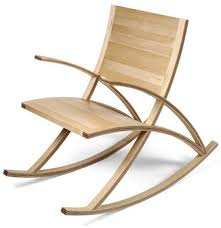It is Sousa (2005b, P. Cupboards is the source for more interesting facts. 114) who remembers in them that ' ' the instruments legislators as family, school and medias tend to disqualify the attributes of the segments ethnic-racial black ' ' e, therefore many of the pupils afro-descents develop auto-esteem acentuadamente low, as it occurred with my pupil, for example. The refusal to the assimilation on the part of the black elapses, therefore, of the perception of its marginalizao and social rejection, since no matter how hard it looked for to imitate the whites, it did not obtain to cheat the equality and longed for respect. ' appears from there; ' revolta' ' , when noticing that ' ' the true solution of the problems does not consist of macaquear the white, but of fighting to break the social barriers hinder that it to enter the category of homens' '. Leaving of side ' ' assimilation, the release of the black must be effected by reconquers of itself and a dignity autnoma' ' (MUNANGA, 1988, P. 32).
That is, Accepting, the black affirms itself cultural, moral, physically and psychically. It demands itself with passion, the same one he made that it to admire and to assimilate the white. It will assume the denied color and will see in it traces of beauty and feira as any human being ' ' normal' ' (MUNANGA, 1988, P. 32, apud OLIVEIRA, 2008, p.3) When the society afro-descendant to start if to look at and if to see in the mirror with its beauties and defects and if to recognize inherent qualities and defects the all human being (and if not to nominate ugly for being of this or that color, skill, culture), the mirror will leave of being empty of images and will reflect singular, full contours of life, brightness, colors and flavors, rockings movements and will be the contours of the mirror that you look at and mirror created not it to reflect what the society wants and nominates as.


